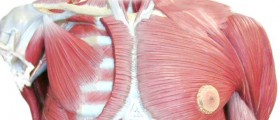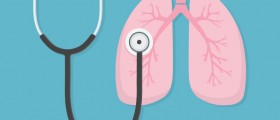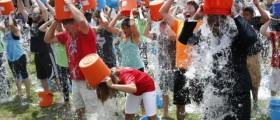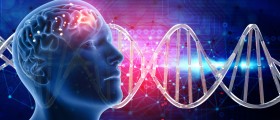
ALS, amyotrophic lateral sclerosis or Lou Gehrig’s disease is a neurological disease characterized by progressive muscle weakness, disability and consequent death. Once the symptoms appear, the disease develops very quickly and the person experiences gradual weakening of different muscles in the body.
Lou Gehrig’s disease affects about 30.000 people in the United States, but every year there are more than 5.600 newly diagnosed cases. Most patients are adult people, 40 to 70 years old. However, this disease can affect much younger or older people as well. This neurological disorder affects people of all races and ethnicity, but mostly men.
About ALS
ALS affects neurons located in the brainstem and spinal cord, especially those which link the nervous system and voluntary muscles, and causes their degeneration. In this serious condition both upper (located in the brain) and lower motor neurons (in the spinal cord) break down and they do not transmit information to other parts of the body, such as the fingers, arms, feet and toes. Because of that, patient’s muscles weaken over time and start to atrophy.
This neurological disorder affects all voluntary muscles in the body, starting with legs and arms, but, as the disease progresses, these patients become unable to see, smell, taste, recognize touch or hear anything. Although ALS affects neurons in the brain, patients usually show no cognitive changes or damage to memory and intelligence. Some people, however, may experience depression, memory problems or difficulties with decision making due to this condition. Progression of the disease is also known to lead to breathing difficulties, so people need a medical ventilator to breathe properly. ALS patients commonly experience respiratory failure some 3 to 5 years after the initial symptoms.
This condition is not curable, but some of the symptoms can be managed.
Life expectancy of patients suffering from ALS is about 5 to maximally 20 years. About 20% of these patients survive for at least 5 years, while there are just 5% of them living 20 years after the diagnosis.
Can ALS Patients Exercise?
Yes, proper physical activity is recommended for ALS patients, since it has been proven to have positive effects on both physiological and psychological condition. Patients who exercise are better at coping with the stress this illness brings and they are capable to relax. Physical activities are essential to keep their muscles active and keep muscle atrophy at bay.
Doctors advise staying active as much as these patients can be, with the help of physical therapists. Workouts should be light, weak muscles protected at all times and patients should be watching for warning signs, like breathing problems, cramps or unusual sweating.















-And-Breathing-Problems_f_280x120.jpg)
Your thoughts on this
Loading...